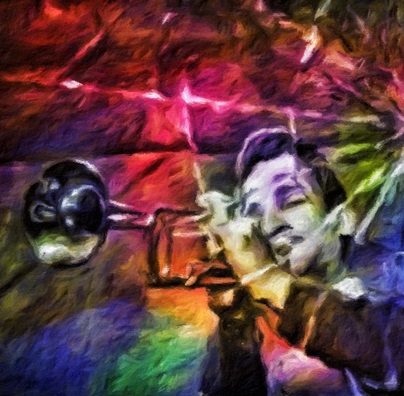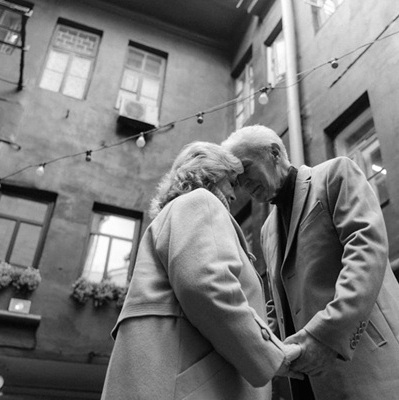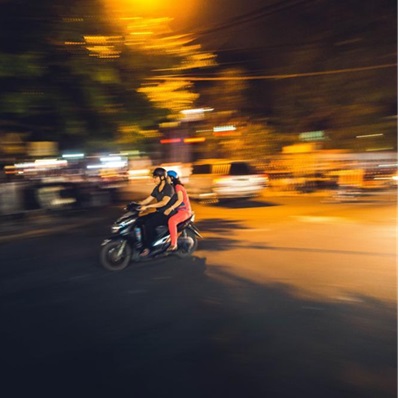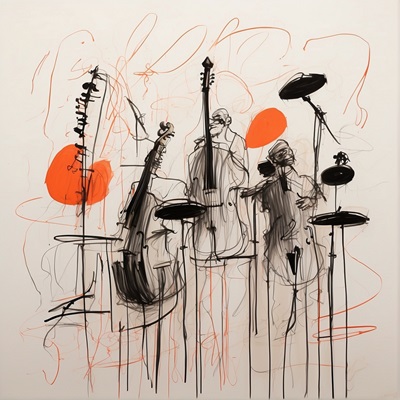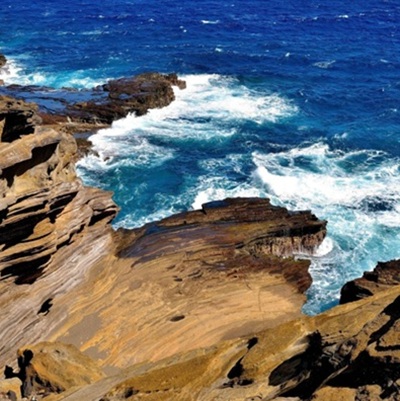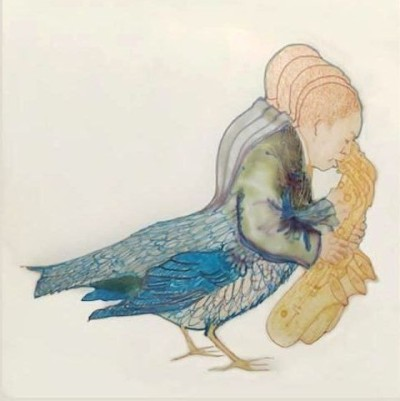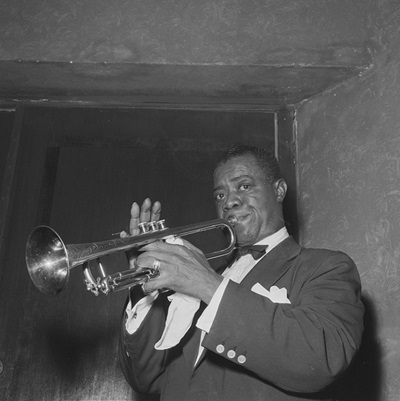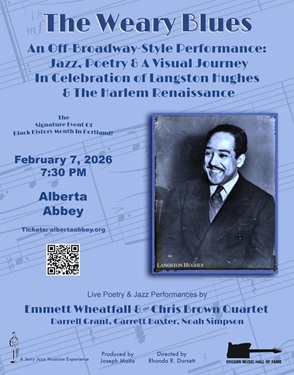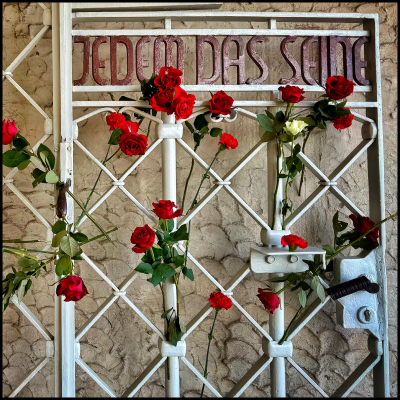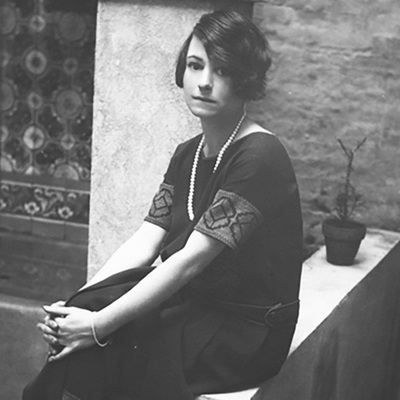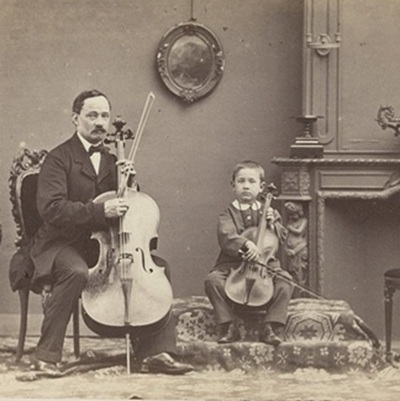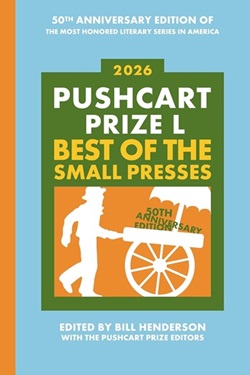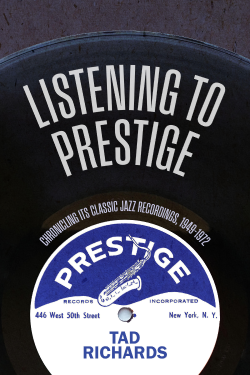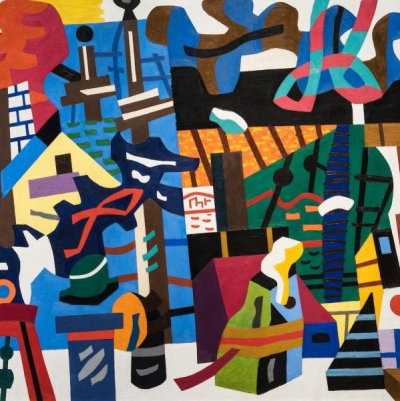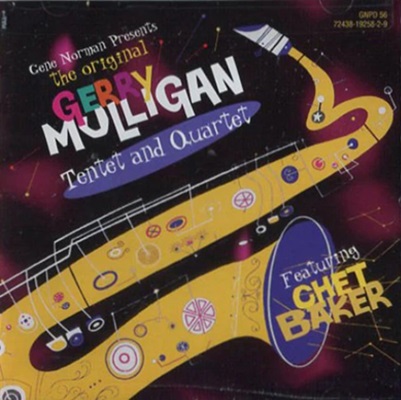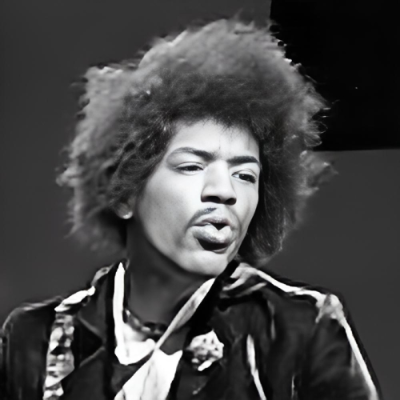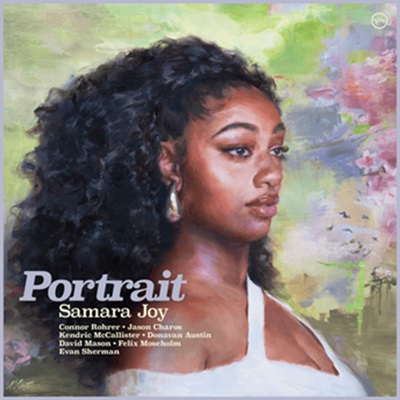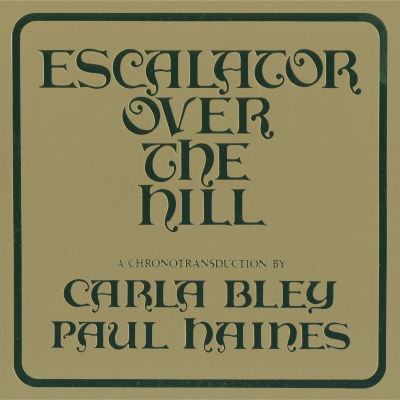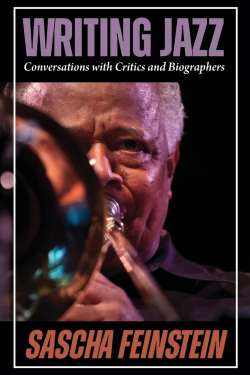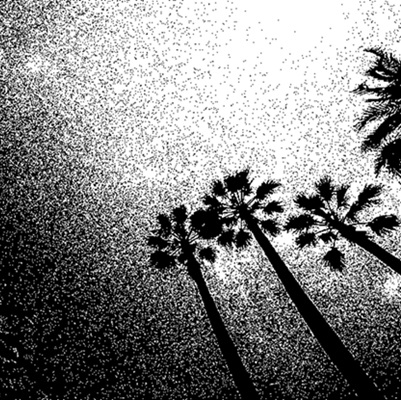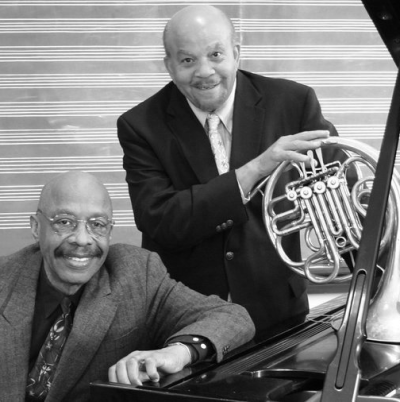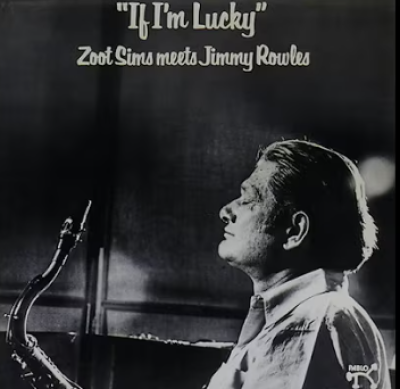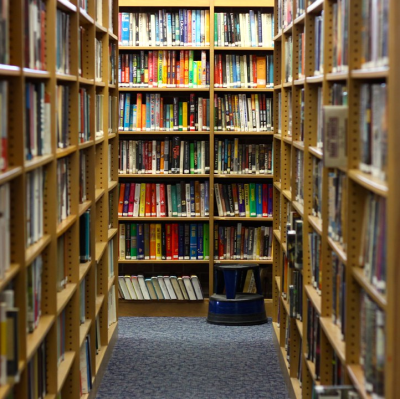.
.
“The Pianist” was a finalist in our recently concluded 65th Short Fiction Contest, and is published with the consent of the author.
.
.
___
.
.
photo via PickPic
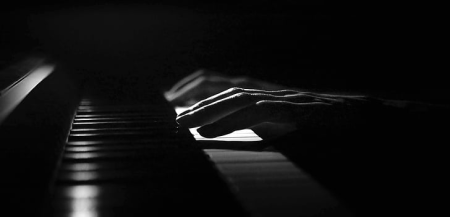
.
The Pianist
by J. C. Michaels
.
…..As I lay motionless on my back, absorbing the subtle beating sound of a late winter wind against the single-paned glass of my rooming house, a diffuse light of dawn draws a wedge of gray across my face. My shoulders rest on a thin mattress supported by a floor of worn pine boards. Clenched hands grip a thick cotton blanket just under my chin. Disjointed thoughts weave surreal images of dark figures from an inchoate past hovering around me, ideas so garbled and diaphanous no word adheres long enough to convey meaning. A warm feeling travels up my spine, across my shoulders, down my arms, flowing over me like a gently rising tide, a temptation to enjoy the comfort of just waking, but the hunger of ambition forces open my eyelids. Like trickling grains of sand through a sieve, a moment later, only remnants remain of my waking dream.
…..The walls of my room are empty except for a poster of a sixteenth-century woodcut of a robed man standing atop a great mountain, reaching outside the crystalline sphere of stars, trying to grasp what lies beyond the physical world. A desk lamp with a dark green ceramic base and yellowed shade sits atop a thick book on art theory. Scattered around the base is a cluttered arrangement of books, loose pages of music, a biography of Charles Ives. A large score with the heading ‘Liszt Sonata’ is opened to a section marked Quasi Adagio and covered with penciled-in fingerings, dynamic marks, circled notes, and the phrase: Foreshadowed Longing. The page of another opened score—the Concord Sonata by Ives—is darkened with a plethora of eighth, sixteenth, and thirty-second notes; flats, sharps, naturals, rests, and the comment: Man reflects seriously only when left alone.
…..I flick my arm outward toward a small digital clock and slap the button on the alarm. Glowing green numbers read 6:12 a.m. I am awake, three minutes early, a good sign. Bending forward from my waist like a floor mounted door being swung open, I sit upright with a slight tremble. A troubling weakness. I relax my arms, stretch my neck from side to side, breathe in deeply. I splay my long phalanges and run them through my thick, dark, glistening black hair as though I am plowing a field with an ancient ard.
…..I walk in front of a window overlooking a large open space of grass and trees, stand still and confront the source of the tethered shadows quivering on the wall: an old, thick-trunked chestnut tree with remnants of fall leaves on spindly branches. The shadows dance like torn pieces of paper twisting on strings, clinging to their tethers, flitting to and fro, struggling against an inevitable force one last time before breaking free, twirling across the wall, pausing, spinning about, floating downward and out of sight then making their final aerial display—like a grand rocket letting off a spectacle as it’s shot into the sky, a stunning rocket, a remarkable rocket … a remarkable rocket…. Never had I heard something so fantastic—talking fireworks, the thought suddenly brings back a distant image of myself as a child, my father next to me. He is holding a small book with brightly colored pictures, reading an absurdly funny story. I am almost breathless with laughter. The man with the book smiles with a forced upturn of his mouth, draws his hand across his cheek and under the lower lid of his eye. How odd that a story can make one person laugh and another cry.
…..Into my pocket, I place a small locket my father left behind for me. I exit the rooming house and continue down a wide footpath that descends through well-manicured grounds bordered by old buildings made of reddish stone with oversized windows and roofs covered with maroon, clay tiles. I walk at a moderate pace so I do not arrive before the building is open and risk stiffened joints as I stand outside in the cold. I place my hands into coat pockets, tapping my fingers rhythmically and methodically just below my ribs. I press lightly, then firmly, then in unison, then in opposition. I listen to the sounds of my stomach and feel my fingers bounce off my abdomen. I focus on the fourth finger of my left hand—weak and uncoordinated, barely having any independence of movement, tied to my fifth finger like a slave to a galley oar. The movement of the fourth causes the fifth to wave wildly in the air. I take my hands from my pockets and slowly press the palm of my right hand against the recalcitrant phalange—the David of one finger holding its own against the Goliath of an entire arm. I hold the enemy at bay until my finger begins to tremble with fatigue. I switch hands and use slightly less pressure. Balance between left and right is essential for complete mastery and control.
…..I approach the sprawling, two-story brick building, arriving just as the custodian is winding down the metal push bar. I give him a friendly nod. In the past three years, he has become very familiar with my routine. I cross the threshold into the music building. With a deliberate pace, I walk through the main vestibule of the newly refurbished performance center, down an empty and dimly lit hallway lined with numerous closed, heavy wooden doors. Halfway down, I enter a code into a lock and enter another hallway illuminated only by a dim incandescent light. On each side of the short, dead-end corridor are six doors spread about ten feet apart, each with a small viewing window that requires those below average height to stand on tiptoe to see inside. As I pass each one, I peer into the inviting yet disconcerting black space half-expecting to find someone inside. Practicing in the dark is not uncommon.
…..At the entrance to the last room on the left, I pause and reach inside, brushing my hand up and down the wall until I find the light switch. The door opens less than a body width before being stopped by a seven-foot, four-inch, polished black, Bösendorfer. Like a ship inside a narrow-mouthed bottle, the instrument seems to have been set in place before the room was built. The history and mystique of Bösendorfers extends back in time to 1828 when a young craftsman founded the eponymous company in Vienna. Driven by the goals of the Romantic tradition to push the limits of both art and artists and transcend the ordinary, his pianos were far larger and more durable than any others. Before me is model #225, which has ninety-two keys instead of the usual eighty-eight. It is known as the half-concert grand in deference to the Imperial Grand, model #290, which stretches almost ten feet in length, six feet in breadth, and uses eight complete octaves for a total of ninety-seven keys.
…..I retrieve my music from my backpack and carefully set these on the closed piano lid. I sit down on the bench, rest my shoulders against the wall, wriggling until comfortable. But I cannot find the proper position. The bench has been switched. I let out an exasperated grunt. I can endure practicing with the wall two inches from my back, but having my seat rest too far under my thighs is intolerable.
,,,,,I drag the offending, four-posted plank from underneath the piano and out the door. I walk up and down the practice-room hallway flipping on lights in each room, looking for the narrow bench that belongs with the Bösendorfer. There it is, resting sheepishly beneath an inferior Baldwin. I squeeze into the room and hastily lift the stolen bench up and over the top of the piano—adding a new, and indifferent scratch to the Baldwin’s lid.
…..Once more I sit motionless and silent in the tiny practice room, frustrated that the first use of my hands this morning has been as a furniture mover. I exhale and feel the perfect positioning of piano, bench, and body. I close my eyes, relax my shoulders, arms, hands, and then listen to the ambient sound. I adjust my posture slightly, stretch out my arms so they hover above the keys, rest my hands symmetrically on the white notes, and then center my left little finger on an A. As I depress a B with the fourth finger of my left hand, I carefully listen to the quick rise in volume and subsequent decay, challenging myself to find the point when sound fades to silence, trying to match the volume and length to the decaying quality of the preceding sound with the next note.
…..I continue with my right hand and then work through various combinations: fourth of the left with fourth of the right, then four and five, four and three, four and thumb, and then finally four and two—the index finger, always coming last as this digit already possessed a mastery and independence of spirit—innately having more control than all the other fingers combined.
…..As the volume of each note grows, from pianissimo to fortissimo, the force of the key against its bed is transferred from my finger through my hand, wrist, forearm, shoulder, and into my entire upper body. Precise muscular control is essential to avoid fatigue and overuse, especially in long, loud and fast works where a slight miscalculation can leave the forearm burning with pain. The effort and exertion must be properly dispersed throughout the length of the work so the ending will not pale due to fatigue. After a brief pause, I suddenly thrust my left hand downward like a hammer against an anvil, stiffening my digits into arc-like projectiles, holding a perfect curve as my finger pad hits the smooth white surface of the key. A powerful resonance envelopes the room, then dissipates into a thin layer of soundproofing tiles lining the walls and ceiling.
…..The work of one-note is just the beginning of the interweaving complexity of technical mastery. To achieve fluidity and speed of execution, allowing compound movements of hands and fingers to be executed with a single intention, I work through Duvernoy’s School of Mechanism and then Czerny’s School of Velocity. The former trains fingers in a variety of intricate patterns, moving chromatically upward through the entire range of the piano, the latter trains the machine to be not only precise, but capable of lightning-like execution.
…..I pause and place the fingertips of my left hand just below his right elbow. As I move my fingers on the keys, I feel the flexor digitorum profundus—a large muscle used for grasping—appropriate for some passages but too big and clumsy for lyric melodies. These large muscles need to be held in reserve so they will not become fatigued. The goal is to increase the use of my hand’s smaller interossei muscles and change their secondary and supportive role into being the prime movers of the fingers and thus reverse the roles nature has developed for the hand. This endless practicing of scales, arpeggios, double thirds, trills, octaves, leaps, and jumps of the hand allows for the perfect physical execution of a mental desire. Like a dancer who develops perfect motor memory from innumerable repetitions, the more refined and fluid the technique, the more time can be spent focusing on musicality leaving the imagination unconstrained by physical limitation.
…..Perfect technique is essential because of the irony inherent in the piano, and in all percussion instruments. The rank amateur can play a note as well as the greatest performer. No one can tell if a single note comes from a concert virtuoso or a child chosen at random from the street. With non-percussion instruments, the shape of the mouth against a reed, a fingertip pressed against a string, the angle of a bow, the motion of the hand, all conspire to determine the quality, pitch, and ultimately the tone. But the piano is like a drum. The extent of the pianist’s refinement is loud or soft, long or short—nothing more.
…..The tradition of believing the manner of depressing a key can affect the tone came from the clavichord, a two-hundred-year-old vestige in which a brass tangent remains in contact with the string and the movement of a finger actually did alter the timbre. In a conservatory, old beliefs linger and die very slowly, if ever. I regularly see pianists make pointless attempts to alter tone by adding some sort of nuance by gently wavering a finger on a depressed key, or by making undulating movements with their upper body.
…..Old professor Harmel has mentioned several well-known concert pianists who are quite vocal about stating that the physical state of the body can directly influence the sound. I wince at this magical thinking. The unwavering laws that affect the stars in the heavens also affect sounds from the piano. The mechanism of the instrument does not allow for any soul channeling. No matter how many times I hear talk about a pianist’s bel canto style, exceptional tone, or orchestral sound, I hear nothing from a piano but hammer against string—no oboe melodies weaving through the texture, no horns announcing a recurrent theme, no double bass carrying through a contrapuntal line, no voices singing a lyric melody. There is no inner life force, no psychic energy contributed by the performer. The laws of physics offer no exceptions for the musician. Regardless of how well each component of the instrument was manufactured, despite how much tender caressing and bodily nuance the pianist incorporates into a performance, regardless of emotive gesticulations or calm reservation suggesting some ecstasy may be forthcoming; after a key is pressed, the hammer is thrust upward of its own accord without any direct control. Sound from a piano comes from a body set in motion, its trajectory and outcome determined solely by events of the past.
.
.
“The Piano” is an excerpt from the author’s novel Dream and Deception
.
.
___
.
.
J. C. Michaels is an award winning, internationally published novelist from the U.S. currently living and working as a literary writer in Taiwan.
.
.
Listen to Carl Czerny’s “The School of Velocity, Op. 299, No. 1” (performed by Andrei Vetrov
.
.
___
.
.
Click here to help support the continuing publication of Jerry Jazz Musician, and to keep it ad and commercial-free (thank you!)
.
Click here to read “Ballad,” Lúcia Leão’s winning story in the 65th Jerry Jazz Musician Short Fiction Contest
Click here to read more short fiction published on Jerry Jazz Musician
Click here to read The Sunday Poem
Click here for information about how to submit your poetry or short fiction
Click here for details about the upcoming 66th Jerry Jazz Musician Short Fiction Contest
Click here to subscribe to the Jerry Jazz Musician quarterly newsletter (it’s free)
.
.
.
___
.
.
Jerry Jazz Musician…human produced (and AI-free) since 1999
.
.
.







